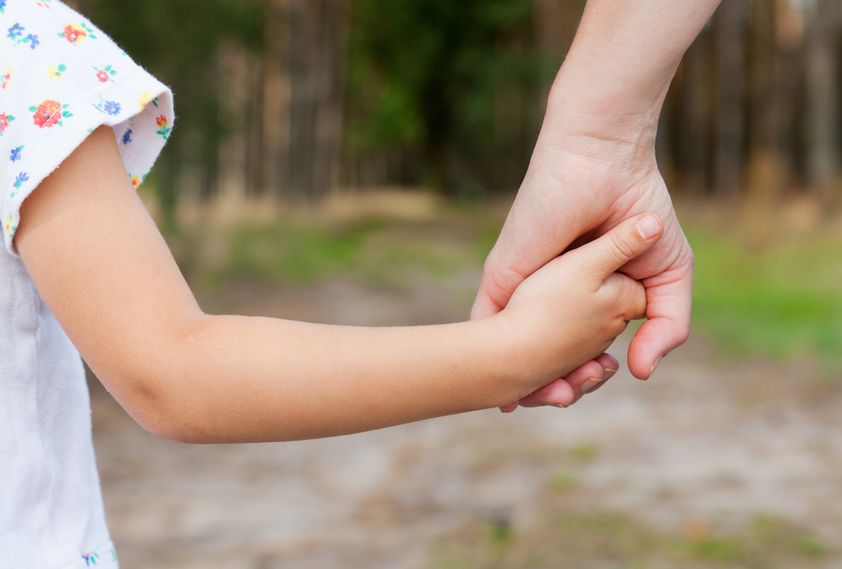Our latest brief looks how Florida has cut its rate of uninsured children by more than half since 2009. The rate dropped from 14.8 percent to 6.2 percent in 2016, an all-time low. In raw numbers, that means the state went from having 601,000 uninsured kids to 257,000.
Much of that progress can be attributed to improvements in public coverage through Medicaid and CHIP. Forty-four percent of the state’s children receive their health care through these programs, helping them stay healthy, perform better in school and grow up to be healthier, more prosperous adults.
CHIP serves 340,000 Florida children, whose families generally make too much to qualify for Medicaid but not enough to afford private insurance. The state’s annual allotment is the fourth largest in the nation. But the CHIP program expires nationally September 30. Without Congressional action to renew it, Florida officials have projected the program will run out of money by January. That estimate came before Hurricane Irma, which could add untold costs to the health program.
The new report provides an overview of insurance coverage for children in Florida and explains the roles of Medicaid and CHIP. More than 2.2 million Florida children receive coverage through Medicaid, accounting for 60 percent of the program’s enrollment in the state. The program—which covers low-income children, pregnant women, seniors in nursing homes and children and adults with disabilities—is particularly important to kids during their developmental years: Medicaid covers 51 percent of children under 6 years old.
You can read more about the state in the report CCF developed with the support of the Health Affinity funders of the Florida Philanthropic Network.


